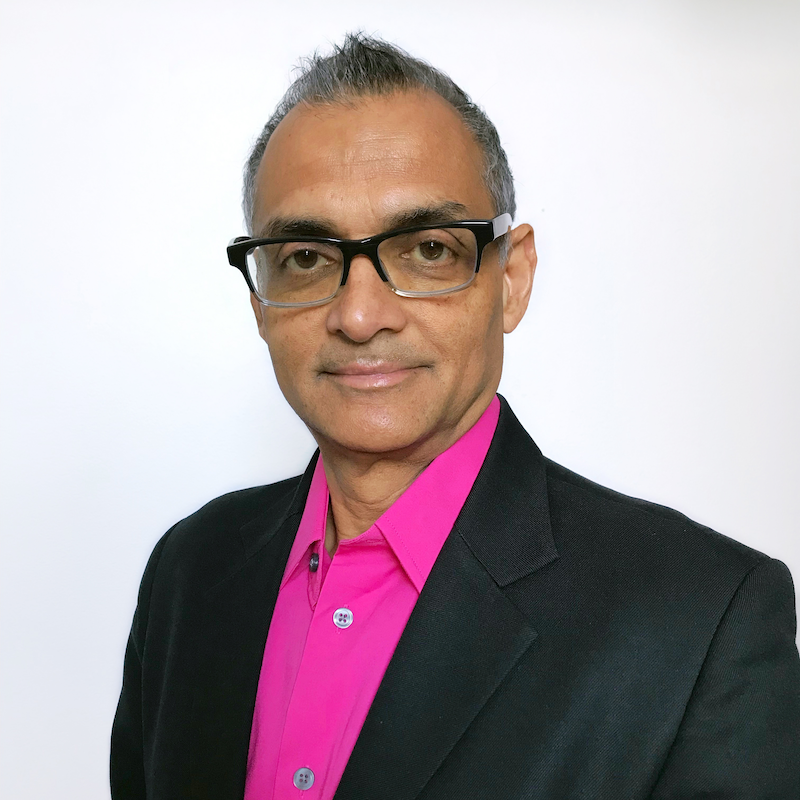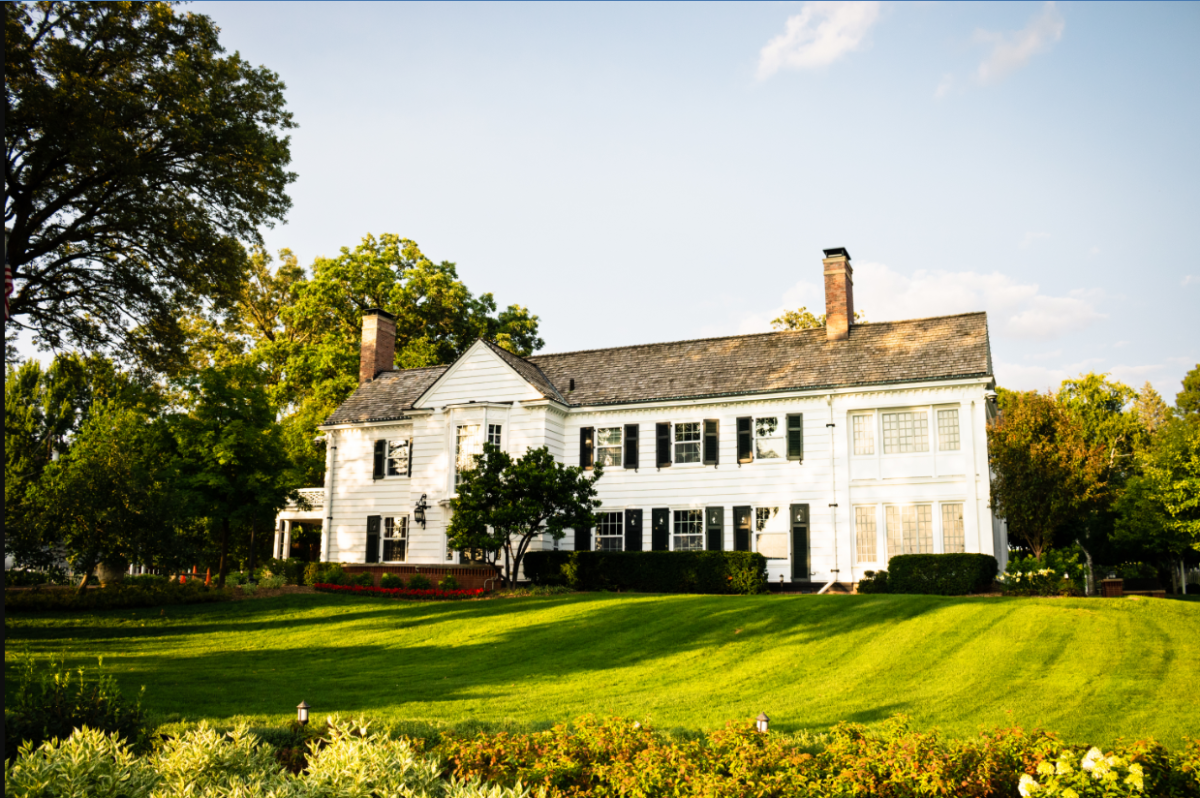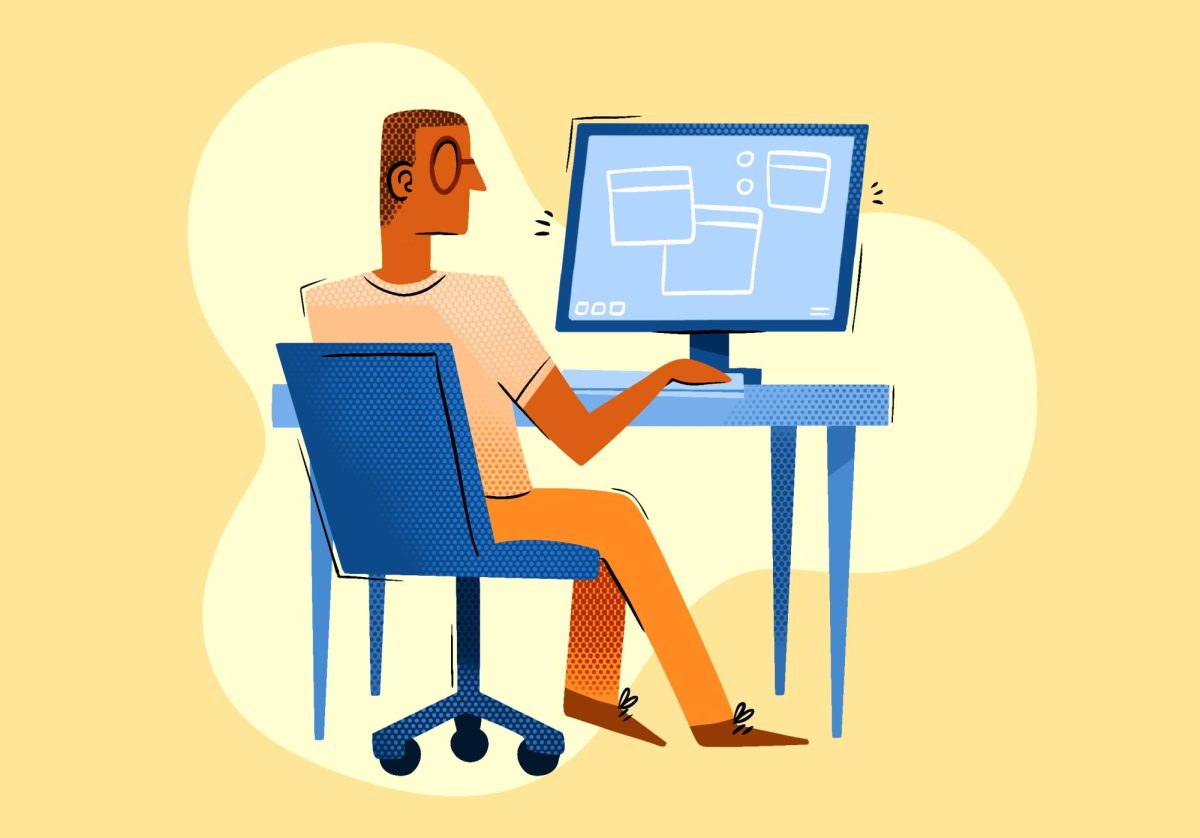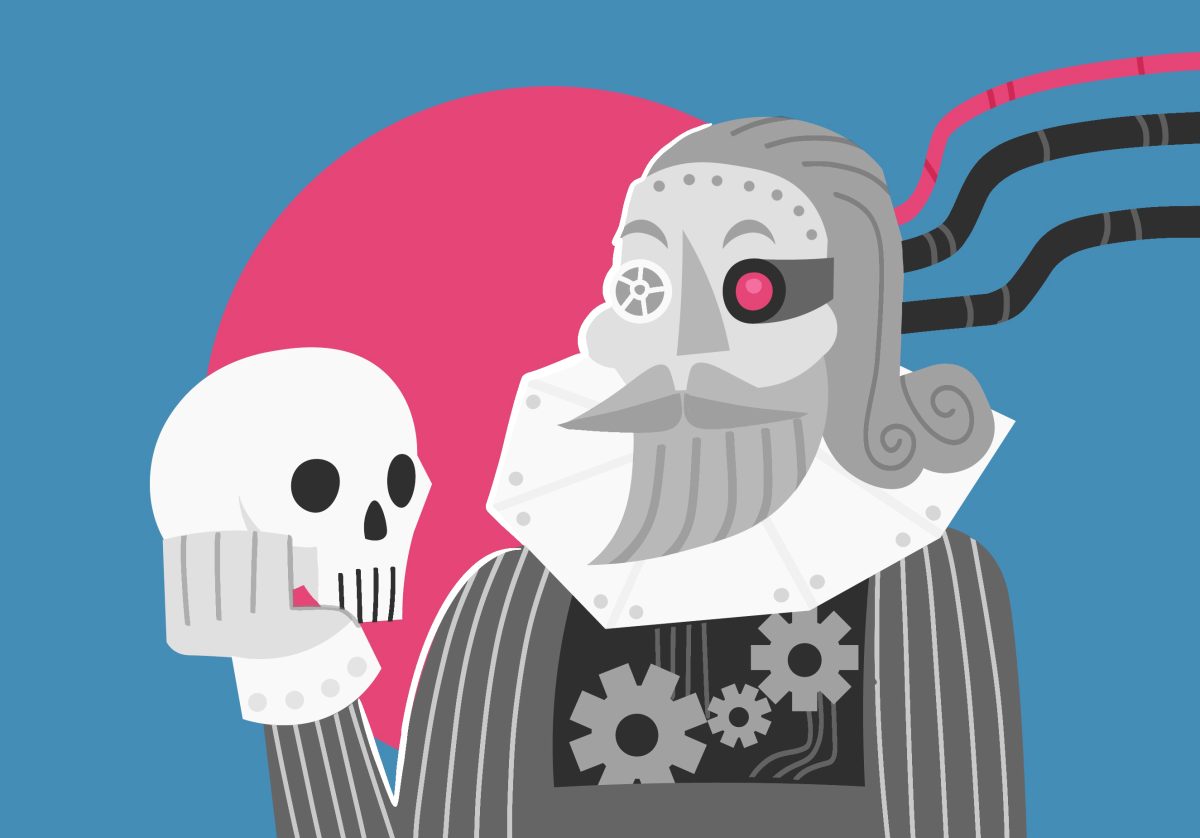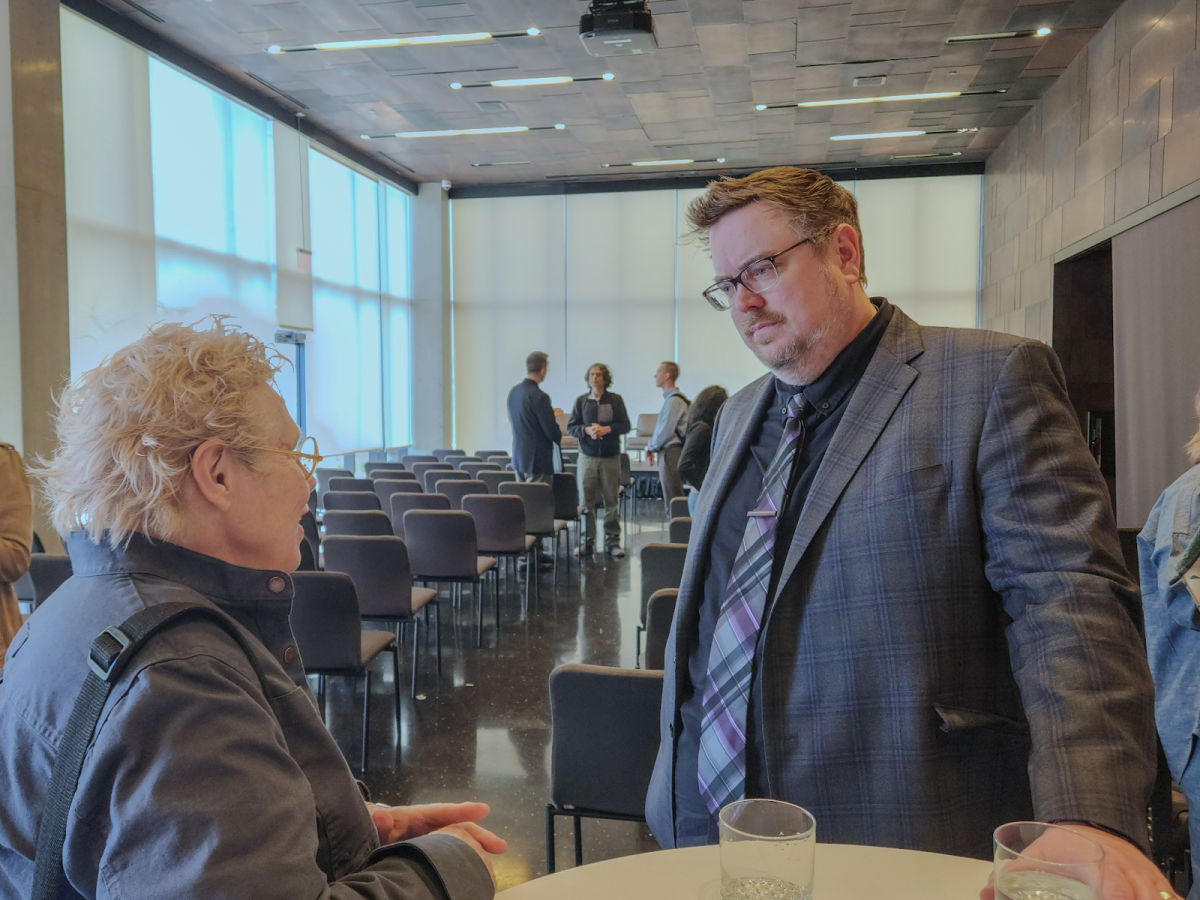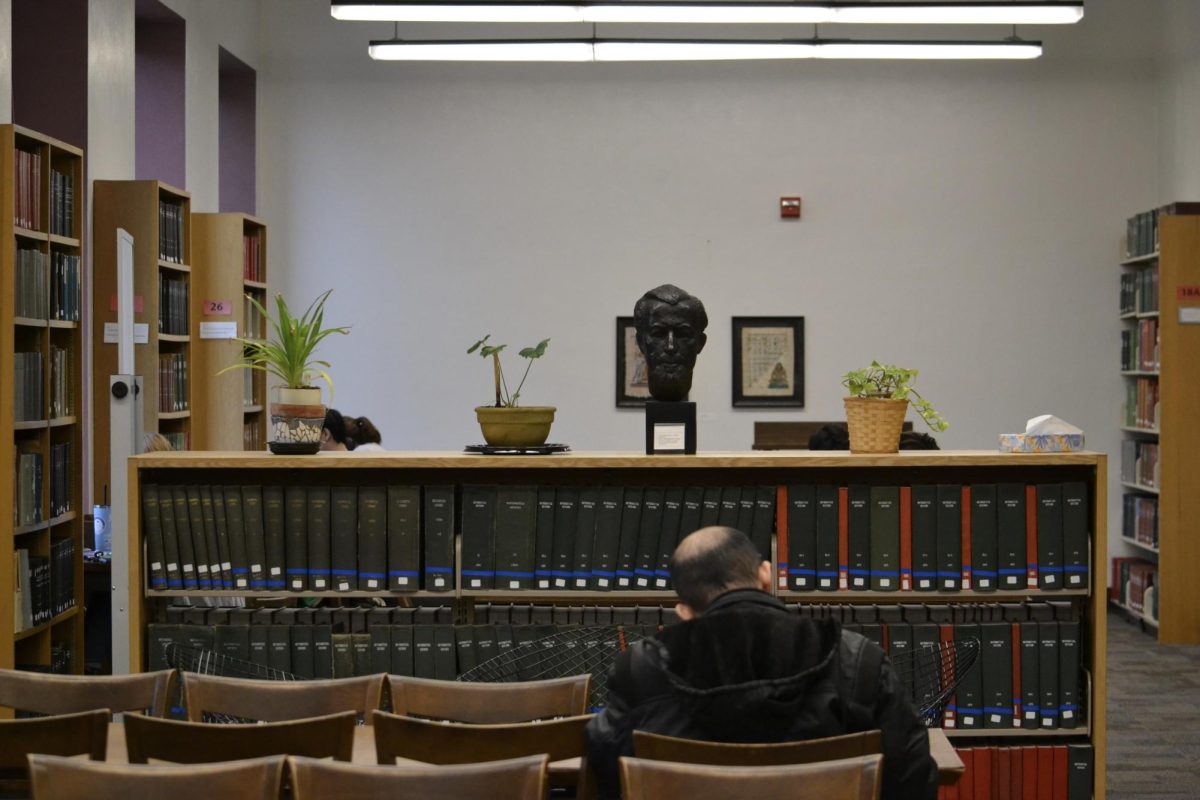The Minnesota Daily sat down with the University of Minnesota’s new College of Design Dean Prasad Boradkar Thursday.
Broadkar worked at Google in California with a focus on sustainable design before coming to the University of Minnesota. Before Google, he worked at Arizona State University for 18 years as a full professor in the design school and a co-director of the program Innovation Space.
Minnesota Daily: What does it feel like to also have studied at different universities in different countries, and how does that contribute to your outlook as you return to this academic sphere?
Prasad Boradkar: “I have always felt that it’s important for me as a designer, and as someone who thinks about and writes about design to have an interdisciplinary approach to design. How does design engage other disciplines, what can we contribute to other disciplines and what can you learn from them? But also to have one foot in industry while also being in academia.
“I think there’s a lot that we as academics can learn from our industry partners, and similarly, there’s a lot that industry can learn from academia. The few things I’ve tried to do is to find ways by which we bridge these two worlds of interest in academia, but also bridge the worlds of the multiple disciplines with which we interact.
“Having worked and studied in India and in the US, and from [University College London] in England, those concerns go across these countries. No matter where we work, we face lots of really complex challenges. As we face these complex challenges, which [are] often referred to as wicked problems, which wicked problems are those that don’t have a single solution?
“We need cross-functional teams. We need industry and academics to work together. We need multiple disciplines working together. I think those are some of the key things that I have kept in the back of my mind as I worked and studied in various parts of the world.”
Daily: How do you think that approach of one step in industry, one foot in industry and one foot in academia is going to influence how you direct the College of Design?
Boradkar: “One of the reasons I was excited about taking on this position is that not only does the College of Design have a really broad range of disciplines across undergraduate masters and [graduates], but the University also has a broad range of disciplines and it’s a really strong research university. The Twin Cities [also] has a significant presence of large and small corporations.
“Here in the Twin Cities and in Minnesota, in general, I think we have tons of opportunities of working with these corporations, working with cultural institutions, working with museums [and] nonprofits. There’s such a vibrant presence around here in this neighborhood that I think enables us and empowers us to work with these really large and small corporations and other institutions to help us solve problems.”
Daily: What inspires you or what made you want to get into design? How has that been a part of your life?
Boradkar: “I started with my undergraduate degree in engineering. I was always interested in making things [and] building things, so I studied mechanical engineering. I’ve worked for a few months as an engineer.
“I was always interested in sketching and drawing and painting and … engaging [in] some of these visual and physical arts. My sister was an architect [and] suggested, ‘You might want to think of product design or industry design. It might help you bridge these worlds where you can look at the technical side and the engineering side of designing and making, but also the more artistic the more visual and formal side of designing things.’
“Getting into industrial design or product design helped me sort of bridge those two. That was part of the reason why, in a way, I sort of shifted directions from engineering to design, but the knowledge that I picked up in engineering, especially in terms of materials [and] manufacturing processes, has always stayed with me. I think having that background helped me recognize the value of working closely with engineers in product design, but also the value of working in cross-functional teams.”
Daily: What kind of existing programs do you see already at the [University] just within your first month and what do those look like?
Boradkar: “For example, there’s a ton of interest in this whole region on health care, medical device design, and there are already conversations ongoing between the College of Science and Engineering and the College of Design on collaborative product development.
“How do we work with designers, people in business and engineering to do product development? There also is lots of interest in biomimicry, [or] innovations that are inspired by nature. We can learn so much from nature, and so ongoing courses are taught by faculty in the College of Biological Sciences, where faculty in the College of Design are working with [them]. We have students from both disciplines taking these courses. These are some of the ongoing initiatives that I’m hoping to build and extend.”
This interview has been edited for clarity, grammar and length.
Correction: The original version of this article misstated the type of professorship Boradkar held at the University of Arizona. He was a full professor.










